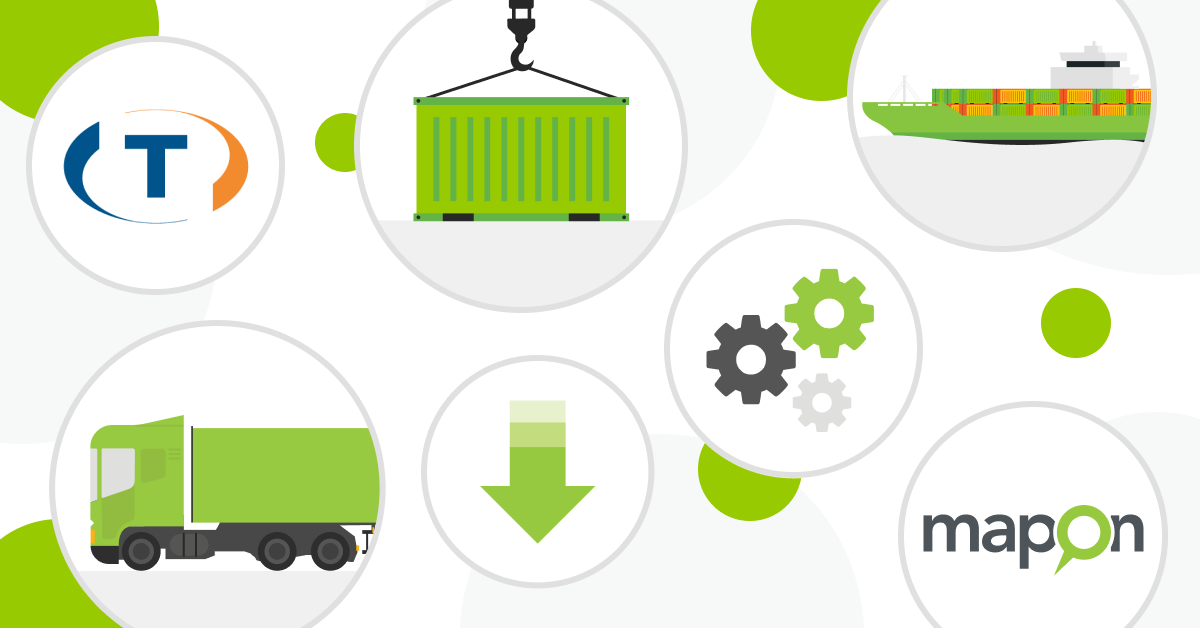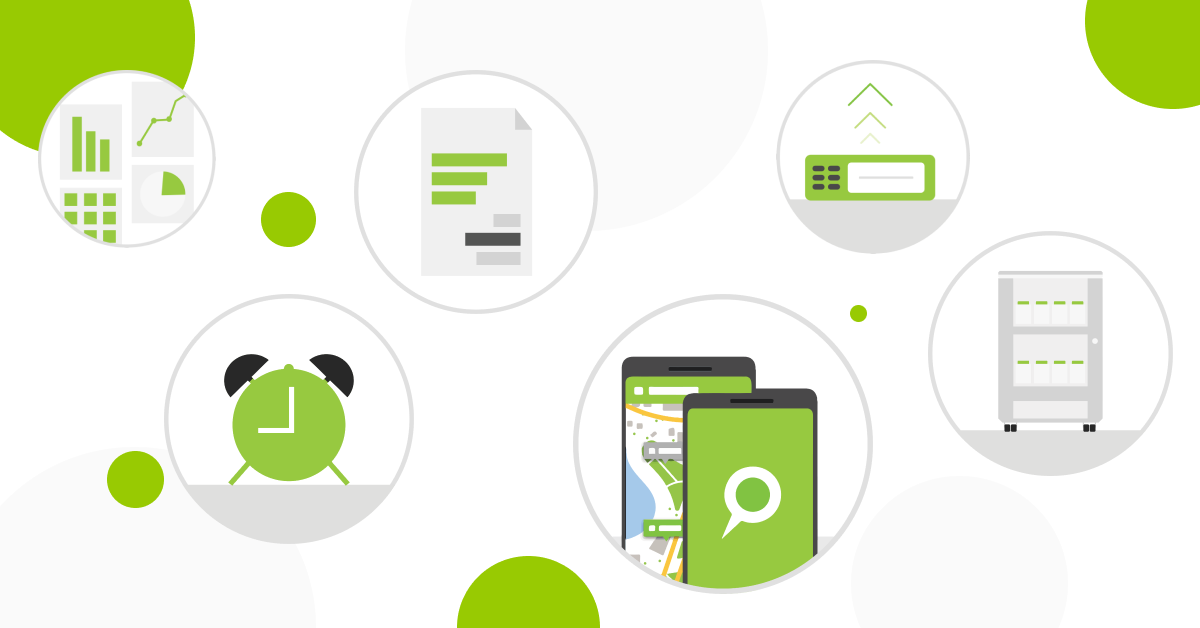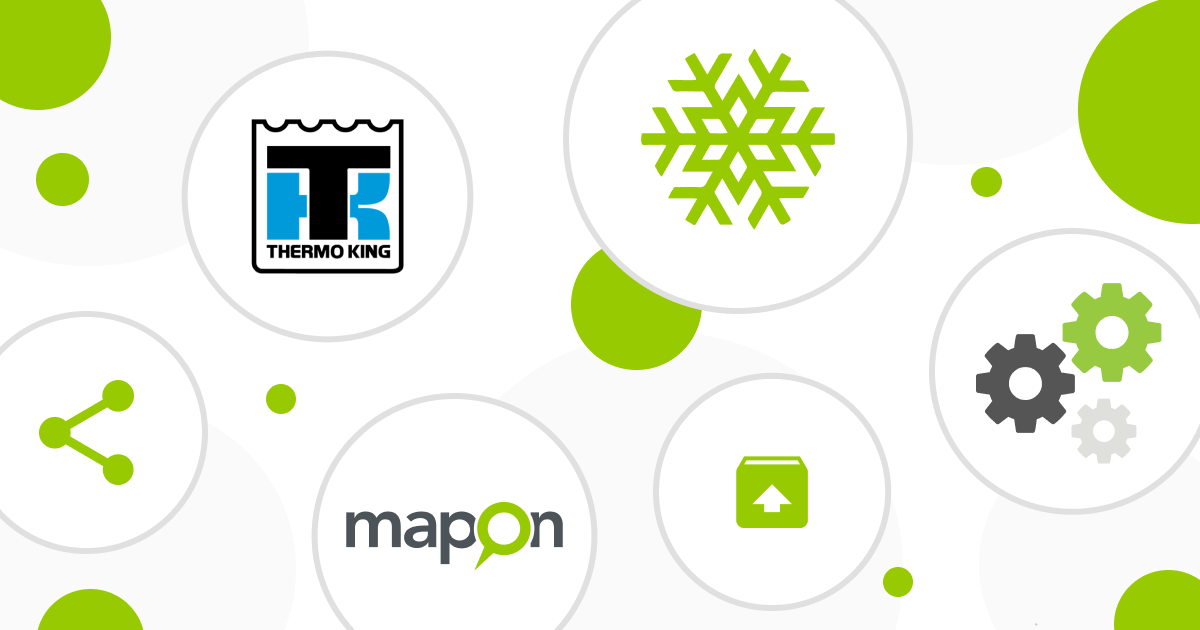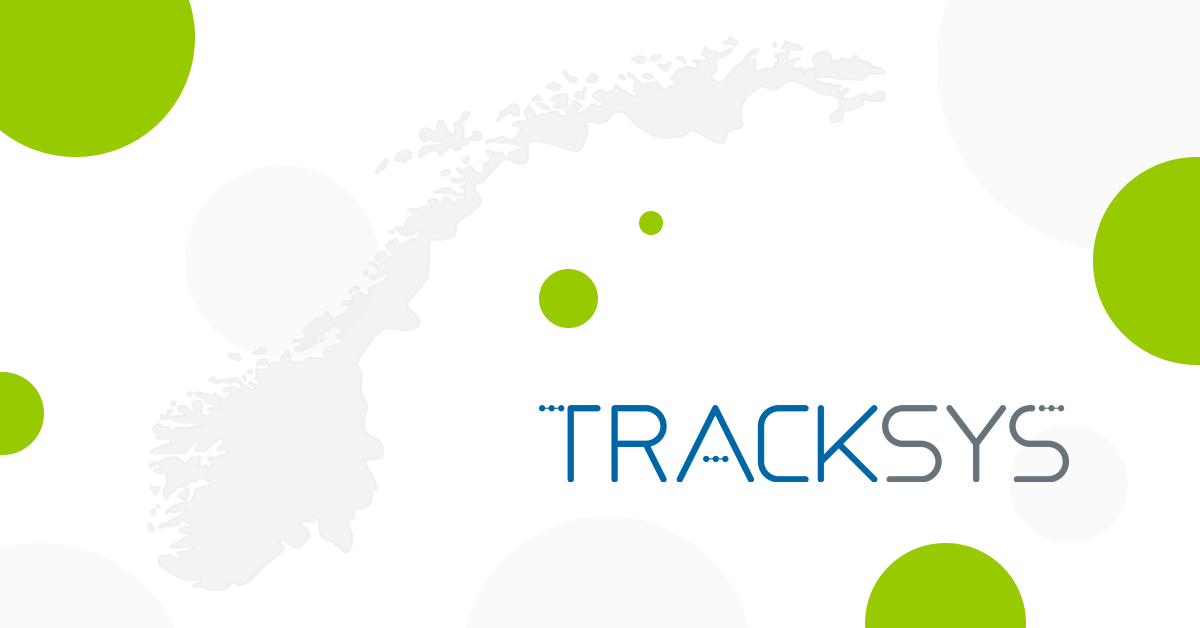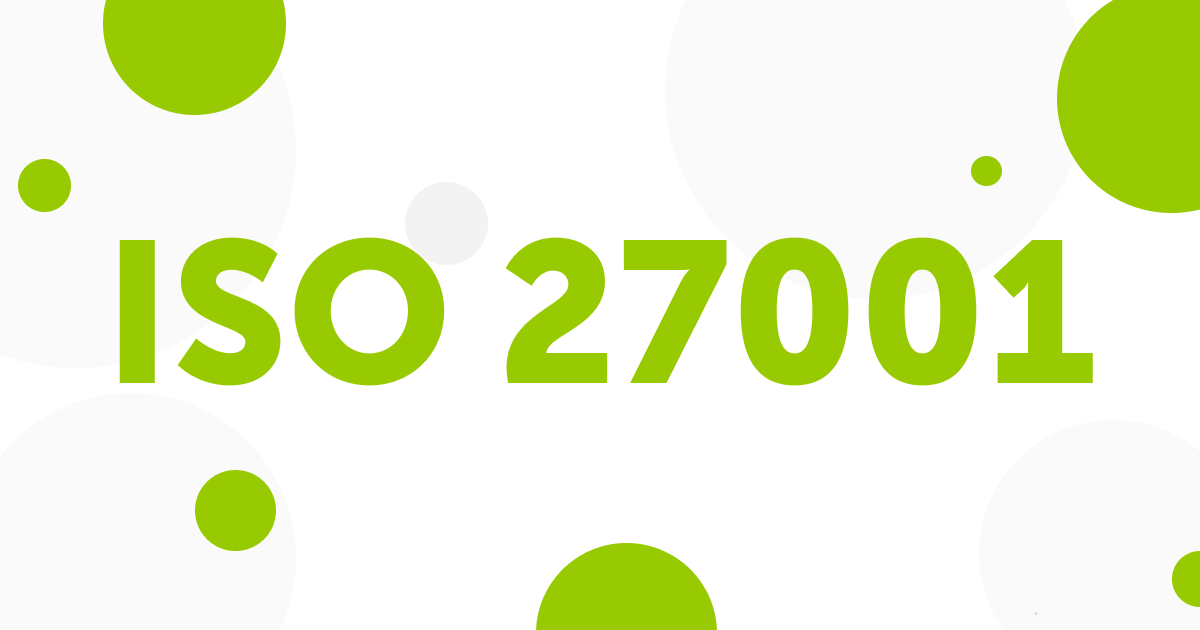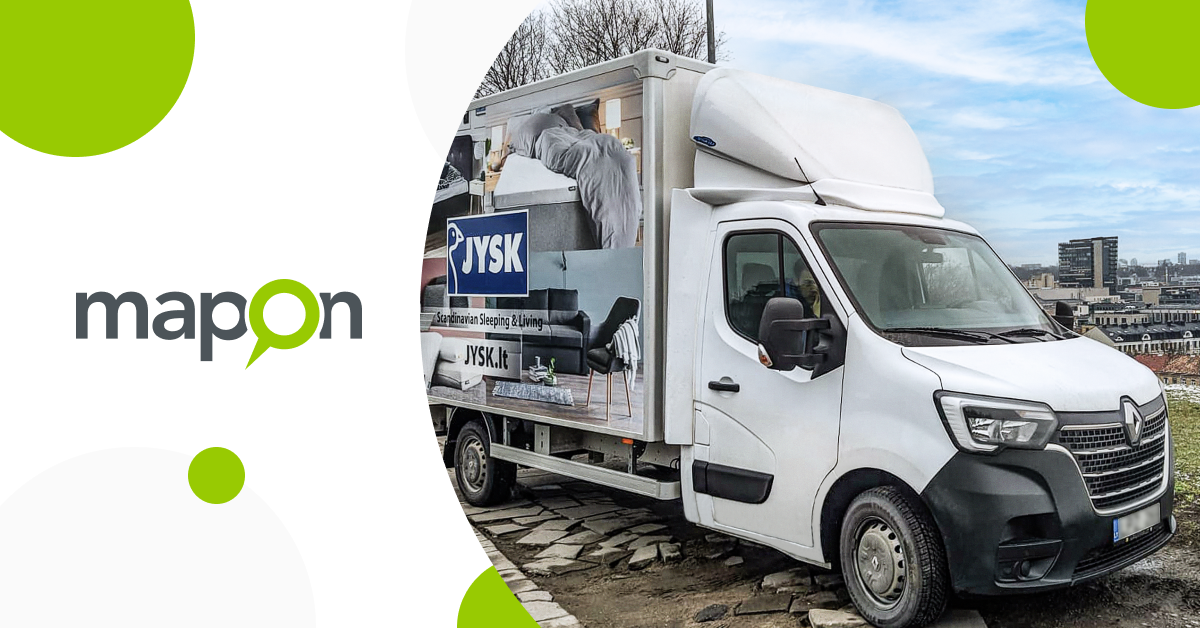By using integrations you can expand the functionality of the systems you use and in many cases streamline your business processes while doing so. In simple terms, integrations can save you time because rather than inputting data into many systems, you can just do it once.
Continue reading “How to use data from Mapon in the Trans.eu freight exchange?”The Minister of Environmental Protection and Regional Development in Latvia visits Mapon
On Wednesday July 28, Artūrs Toms Plešs, the Minister of Environmental Protection and Regional Development in Latvia, came to Mapon on a working visit to get to know the company and discuss using fleet management and other technologies to benefit the environment.
Continue reading “The Minister of Environmental Protection and Regional Development in Latvia visits Mapon”Mapon to showcase newest fleet management solutions at GITEX
GITEX Technology Week is an annual electronics trade show, exhibition, and conference. It’s the largest technology event in the Gulf and North Africa regions attracting over 100 000 attendees from around the globe.
Continue reading “Mapon to showcase newest fleet management solutions at GITEX”Which telematics solutions can assist in EU law compliance on driving and rest times?
At the beginning of this year, a local business owner approached Mapon for a consultation on digital tachograph rule compliance matters and how telematics solutions could help his business in the future. The situation was this – he at that moment was dealing with a court case threatening to revoke his license due to tachograph rule violations. While this is a common occurrence, it’s also easily avoidable. From reminders and basic tachograph data downloads to smart analysis tools that will do the thinking for you, introducing telematics solutions in your fleet might be the answer you’re looking for.
There are several regulations issued at the EU level and even additional ones on the national level that concern tachograph follow-up matters, the most widely-known being Regulation (EC) No 561/2006 and now – the Mobility package. And while these laws, amendments and explanations are widely available, it’s almost impossible to follow-up with every detail, if you choose to do it yourself. In this article we’ll introduce you to Mapon solutions that can help manage your fleet’s tachograph data and make sure you always stay in line with EU rules and regulations.
Continue reading “Which telematics solutions can assist in EU law compliance on driving and rest times?”How to view Thermo King device data in the Mapon platform?
Integrations allow you to view all the data about your fleet in one platform which makes managing your drivers and vehicles easier. That’s why we continuously work on creating new integrations between Mapon and the most popular digital logistics solutions and telematics devices.
Continue reading “How to view Thermo King device data in the Mapon platform?”Tracksys: With Mapon, we can offer clients multiple solutions in one place
At the beginning of this year, we reached an important milestone of having 100 000 tracking devices connected to the Mapon platform. Our partner Tracksys from Norway was the one who connected the 100 000th device, so we decided to invite the company CTO Frank Strand to a conversation about his experience in the telematics business, the importance of building partnerships and the changes the pandemic has brought to the market.
Continue reading “Tracksys: With Mapon, we can offer clients multiple solutions in one place”Handling vaccine distribution with the help of fleet management systems
Vaccination for COVID-19 is a large project that requires a solid strategy and use of technology to be successful. Currently, a lot of countries are struggling with executing their vaccination plans, especially bottlenecks in the process of vaccine delivery. When the first vaccines were registered, many people were surprised by the fact that they must be delivered at certain temperatures – they didn’t know that logistics companies have been delivering temperature-sensitive cargos for decades and already had all the necessary tools and technology in place to do the job right away. So what is the problem with deliveries then? We’ll look at some of the challenges and delivery process aspects in this blog post.
Continue reading “Handling vaccine distribution with the help of fleet management systems”Mapon Latvia Receives ISO 27001 Information Security Management Certificate
Providing accurate and clear fleet data to our clients is our main objective. However, making sure that it’s done securely is just as important. That’s why we’ve always taken information protection very seriously and have continuously implemented different security measures.
Continue reading “Mapon Latvia Receives ISO 27001 Information Security Management Certificate”Mapon connects 100 000th tracking device to its fleet management and asset tracking platform
In 2017 we set a very ambitious goal for us at the time – to connect 100 000 telematics devices on the Mapon platform by the end of 2020. Back then, Mapon was still mostly a local company with around 40 thousand connected devices since 2006.
Continue reading “Mapon connects 100 000th tracking device to its fleet management and asset tracking platform”JYSK: Mapon route planning solution helps us to effectively manage in-house delivery
Route planning and optimisation is a solution used by many businesses worldwide. In 2020, COVID-19 pandemic brought major changes in the retail and e-commerce landscape that caused even greater demand for this solution – businesses needed it to ensure high transportation and delivery service efficiency and maintain good customer satisfaction levels. Now, the latest research by Global Newswire says that the route planning software market is expected to have a 10.9% compound annual growth rate until 2025.
Meanwhile, some of our clients have already tried the solution and discovered the benefits it brings to the business. Read on and find out how Scandinavian household goods retailer JYSK has used route planning to manage their online store deliveries to clients in Riga, Vilnius and Minsk.
Continue reading “JYSK: Mapon route planning solution helps us to effectively manage in-house delivery”
